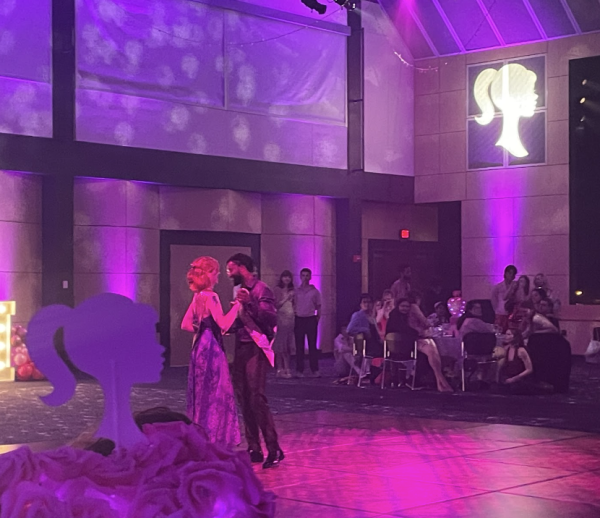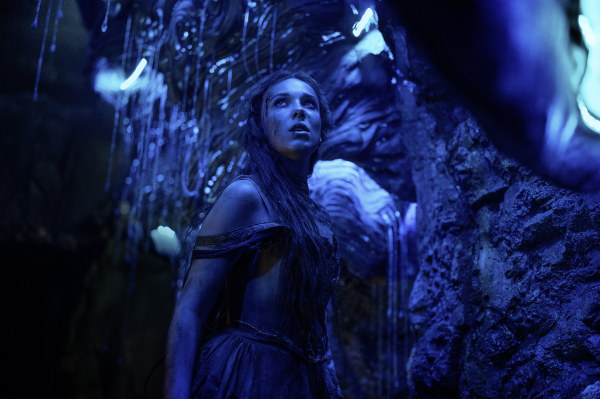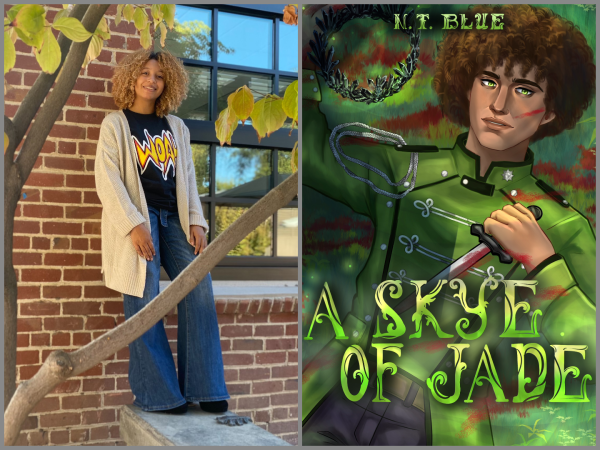‘The Invisible Man’ is a true psychological horror film
If anyone has been feeling a little underwhelmed by the latest films in the horror and thriller genre to come out—à la “The Turning”—then I’m here to say that “The Invisible Man” has come to the rescue.
Directed by Leigh Whannell, who starred in and co-wrote “Saw” (2004), “The Invisible Man” gets a new twist and is visually, audibly and psychologically haunting.
Centered around a woman, Cecilia (Elisabeth Moss), who escapes her abusive relationship only to find that her ex has found a way to make himself invisible and torment her, this film is not for the faint hearted. I would even go as far to say if you’ve experienced any unhealthy relationships in the past to at least be cautious before watching this film due to the sensitive content.
However, the anxiety-laden plot is what makes me believe this is one of the scariest films I’ve seen this year. The realistic fear a woman has of being attacked by their abuser mixed with the aspect of unpredictability through invisibility makes for something that is horrifying by definition alone. These two factors of the movie bring a unique experience that quite frankly made me realize some of my true fears: ghosts and men.
Something incredible that also stands out on its own is the score by Benjamin Wallfisch. There’s something so beautifully haunting, and sometimes startling, about the placement of sound in this film. At times, I felt that it relied on the score for some of its scares, but it also does add to the feeling of paranoia that is so prevalent in the film. One particularly fantastic use of sound is during the closing shot, which is both an unsettling and beautiful way to end the movie.
Performance-wise, Moss does an outstanding job carrying this film through its more emotional and psychological moments. In scenes where she is “alone,” the viewer can feel the raw fear of a woman being stalked by an abusive ex partner, while having the disadvantage of not being able to see him. Some of the most chilling scenes of her performance are simply ones without dialogue, where her face and body language resemble a person truly on the brink of delusion.
Another interesting thing about “The Invisible Man” are the subtle homages to the original 1933 film. These small visuals, like a lampost that resembles the original invisible man character, are a fun nod to the story that both inspired and created the foundation for the new film. However in this version, rather than focusing on a crazed scientist on a killing spree, we get to look into the point of view of a woman in an abusive relationship with a crazed man.
I would most definitely recommend “The Invisible Man” to any fan of horror or psychological thrillers (keeping the sensitive content in mind) or to someone who is looking for a horror film that finally doesn’t disappoint.
Rating: 4 stars
Danielle Kessler can be reached at [email protected] or @reserv0irpups on Twitter.

















